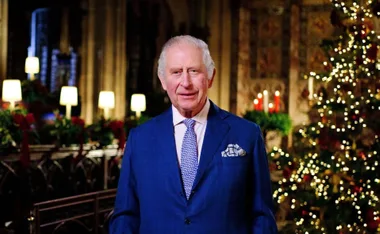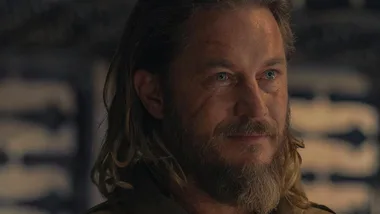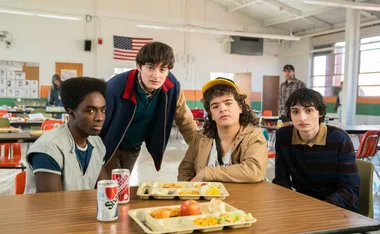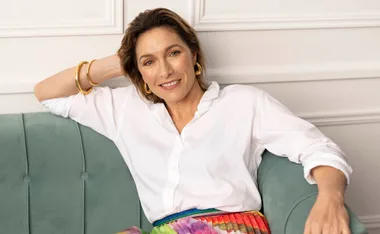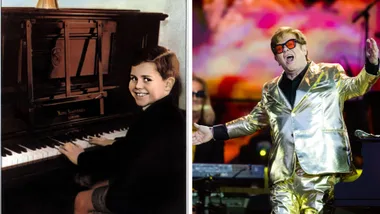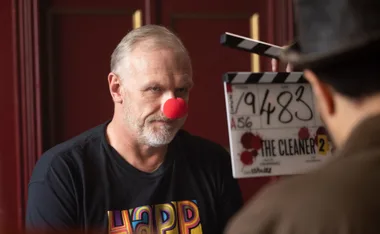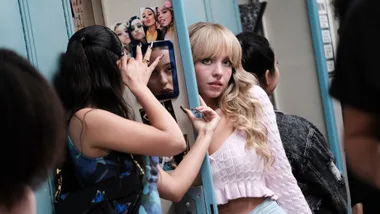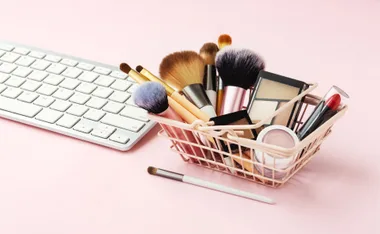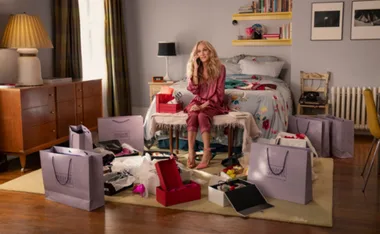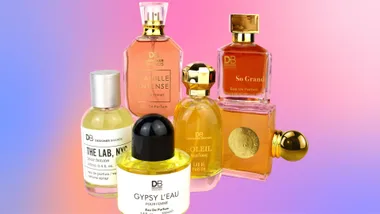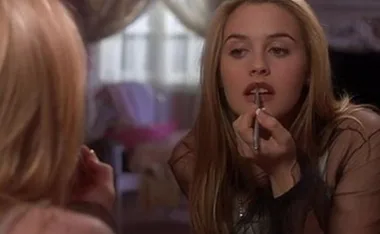It doesn’t matter whether you are trying to succeed at work, in your relationship or with your wealth the principles are the same. Accredited nutritionist and exercise physiologist Caitlin Reid provides you with the top six tips that will help you succeed no matter what.
1. Know what you want
You must have the desire to succeed. This means you need to know what you want in life and be able to identify the actions that you need to take to achieve your goals. Goals provide a guide to your destination in life and without them, others determine where you’ll end up.
2. Never give up
Persistence is the number one thing for being successful. It’s easy for people to become disheartened when they are criticised or encounter a hurdle while trying to achieve their goals, but to be a true success you must persist through the criticism, rejection, pressure and failure. A fighting spirit will make you succeed.
3. Believe in yourself
To be successful you need to have a positive outlook and believe that you can achieve your goals. When you feel good about yourself, you react more confidently to life’s challenges. If you believe in yourself and push yourself through shyness and self-doubt you will succeed more far than you will fail. Believe and you will achieve.
4. Never stop learning
Successful people never stop learning. They learn from their mistakes, new experiences and other people. Learning at every opportunity increases your knowledge in old and new areas and keeps you ahead in your field. Read books, acquire new skills and seek additional training and it will definitely set you apart from the rest.
5. Do what you love
To do something well you must at least like it, but it helps to love it. Being passionate about the things you spend your time on is energising and motivates you to succeed. Do what you love, and success will come.
6. Avoid conditional happiness
Too many of us believe that if some problem resolved itself we would finally be happy. But striving for happiness without sitting back and finding happiness at this particular point in your life is no way to live. Successful people avoid delayed gratification and don’t sit around waiting for problems to resolve. Successful people find happiness at every instance, rather than just when they think things are going right for them.

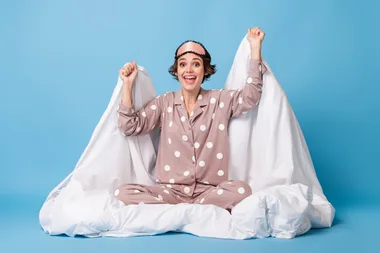


























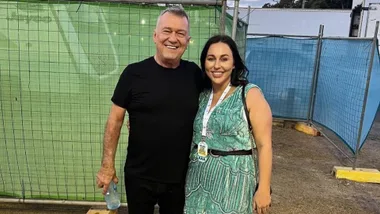





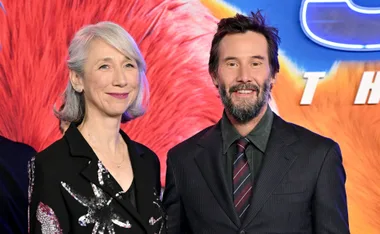












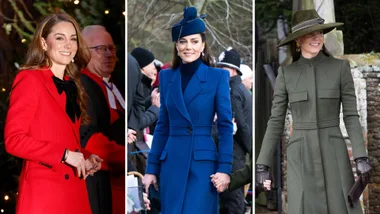
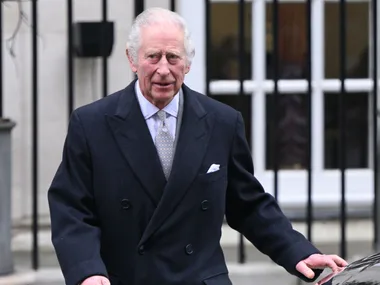
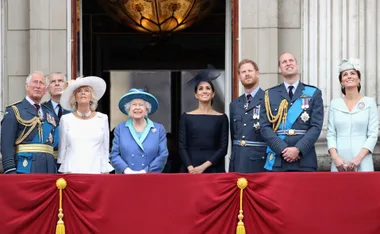
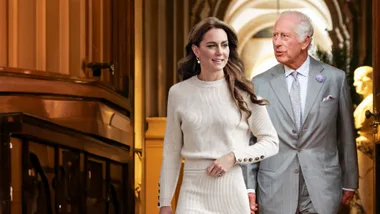


.jpg?resize=380%2C285)
.png?resize=380%2C285)

